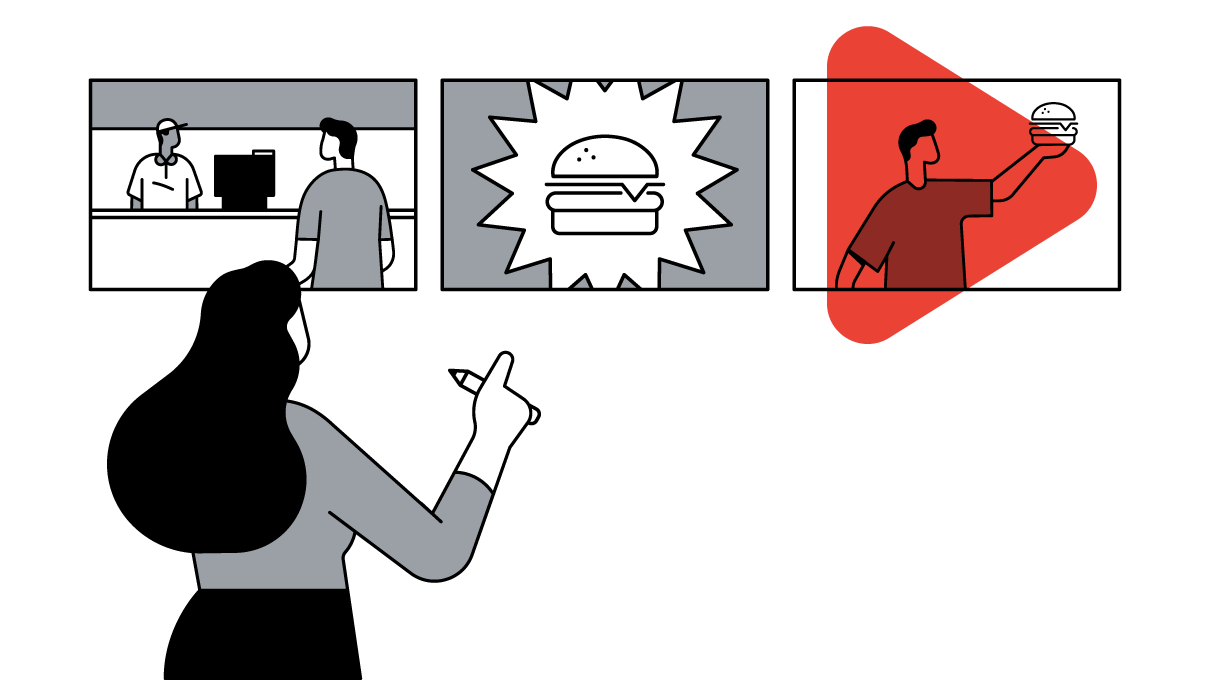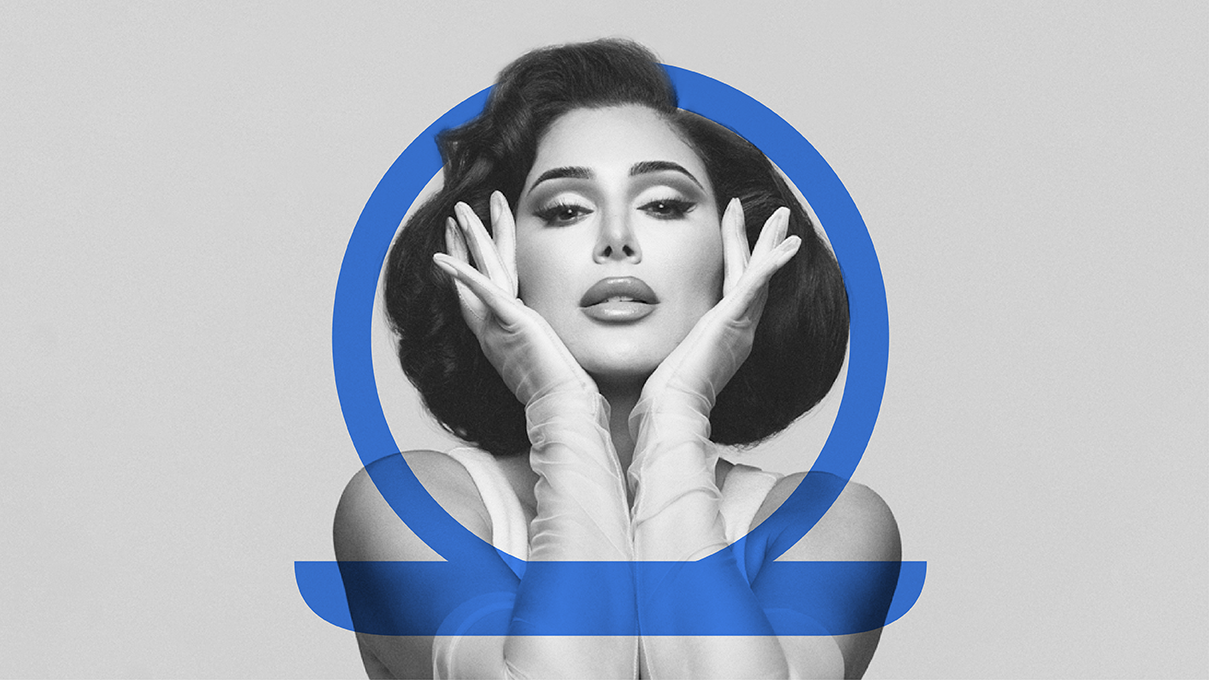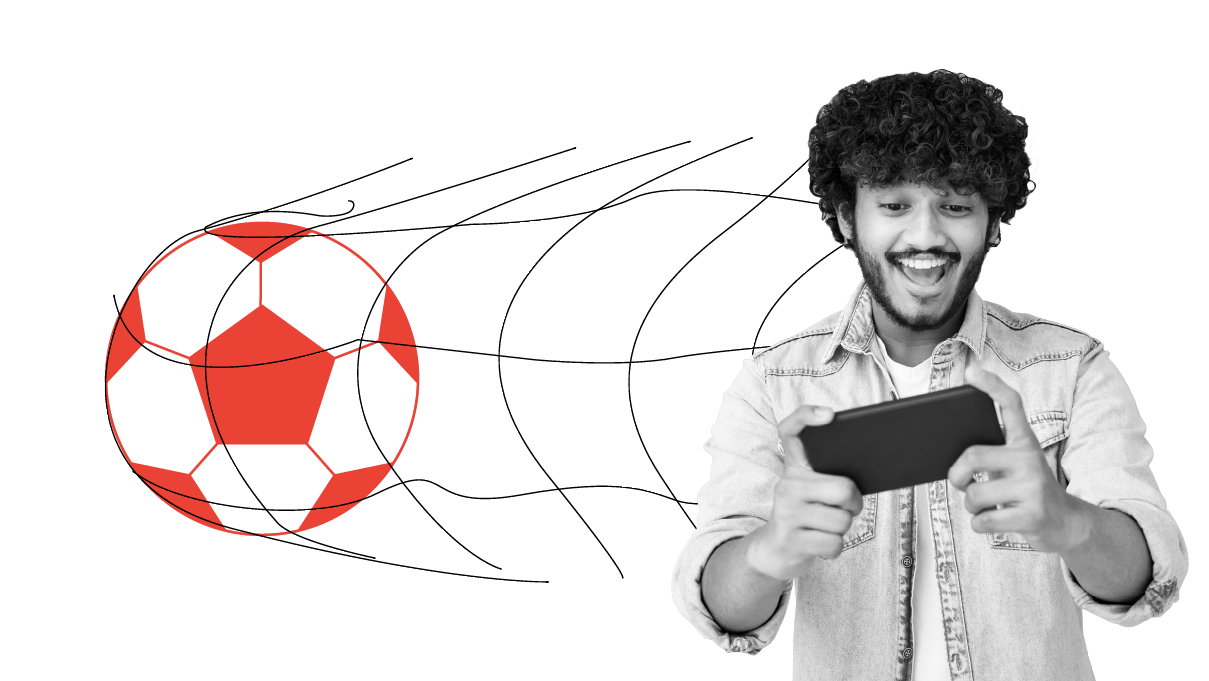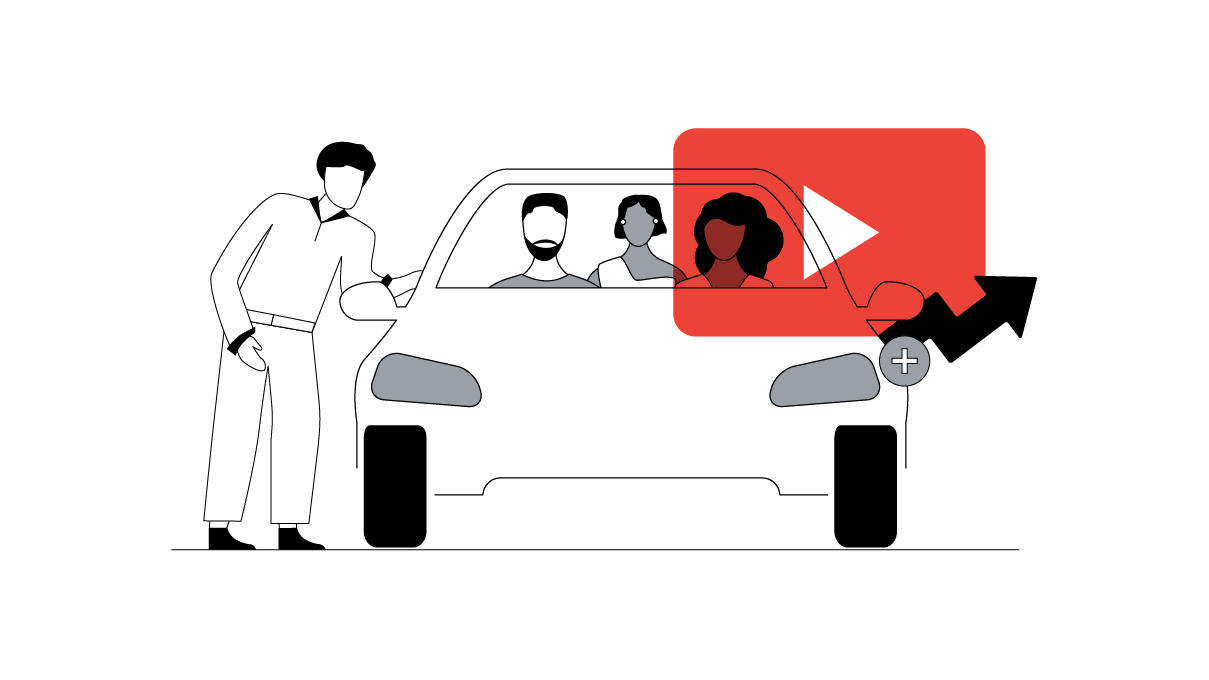Few things in life feel better than falling in love...unless you talk to someone who’s tasted Lacta chocolate, the symbol for love in Greece. To build buzz for its branded Valentine’s Day film, Lacta centred its campaign on the power of love and artificial intelligence (AI) in a futuristic world.
“What does this chocolate mean to you?,” ELLi, a futuristic android assistant, places a Lacta chocolate bar in front of her owner. “You don’t want to know what love really is,” he replies before slowly taking a bite. And so begins Lacta’s 2018 science-fiction YouTube film, “The Taste of Love.”
Every year for Valentine’s Day, Mondelez International —Lacta’s parent company— tugs at heartstrings with original branded content, from feature films and TV movies to a five-part web series. The brand’s history of award-winning entertainment sets a high bar—Lacta has a massive awareness with young women, but to reach and inspire an even wider audience, Lacta needs to innovate every year while staying true to its reputation as the symbol and taste of love in Greece.
Together with Google, its creative agency Ogilvy & Mather Greece, and media agency Carat, Mondelez International decided to put a hot topic—AI and machine learning—at the heart of its 2018 campaign. AI technology not only served as an imaginative fictional device, but it also helped fuel the brand’s innovative audience-based media strategy.
Generating buzz with personalised YouTube ads
“The Taste of Love” revolves around the idea that in our current era of obsession with technology and AI, life is tasteless without love. With the most advanced AI capabilities and access to all the protagonist’s cloud data, ELLi is the ideal personal assistant—but because she lacks the ability to taste, she can’t grasp the concept of love.
Before the film’s Valentine’s Day premiere, Lacta turned to Google’s ZOO team to help drum up excitement with an online video campaign. In a first-ever approach for the brand, Lacta promoted the film’s teaser website with dynamic YouTube ads, using real-time audience signals to customise TrueView ads to users’ locations, devices, or weather. ELLi surprised and engaged viewers by knowing what kind of device they were using or if it was raining in their local area, and she ultimately encouraged them to visit the campaign website and help her learn what love is.
Using machine learning to organise photo concepts of love
The data-driven ads made it look like ELLi knew almost everything, but she still couldn’t understand the concept of love. That’s where Lacta went a step further and, using AI technology, helped ELLi understand what love means by inviting people all over the world to submit photos to a special microsite developed by OgilvyOne Athens in collaboration with the ZOO.
The website used Google’s Cloud Vision API to recognise patterns and common concepts of love portrayed in the photos, and then used machine learning to organise the concepts within an interactive, 3-D space. On the site, users could see what ELLi was learning in real time as they navigated through more than 10,000 photos and various ideas that captured the idea of love, such as “kiss,” “smile,” “emotions,” and, of course, “dogs” and “cats.”
“The Taste of Love” becomes an instant trending video on YouTube
As a result of the film’s pre-release buzz, searches for “Lacta” during Valentine’s week increased by 1,460%, and “Lacta” became one of the top 20 most-searched keywords on YouTube in Greece. On Valentine’s Day, “The Taste of Love” immediately became a trending video on YouTube, and with more than 1.7 million views and counting, the film helped Lacta’s YouTube channel become the most popular one in Greece. The campaign also helped Lacta achieve its highest market share in three years during Valentine’s week.

“YouTube proved to be the ideal platform to create anticipation for our branded film and to launch it as a mega-movie event that audiences couldn’t afford to miss,” said Panos Sambrakos, OgilvyOne Athens’ executive creative director. “The fact that ‘Lacta’ became one of the top-20 keywords on YouTube showed an intriguing reverse of the traditional marketing model. Brands typically try to get their messages in front of people before they watch the content they’re actually interested in, but in this campaign, viewers came searching for the branded content themselves—the brand message was the destination.”






